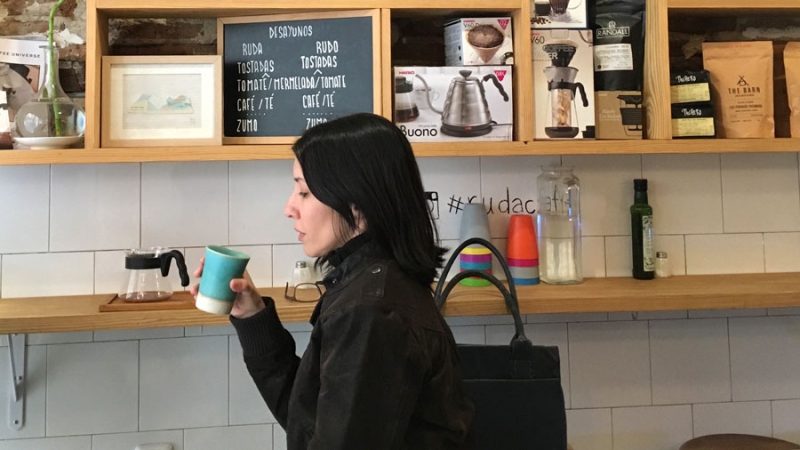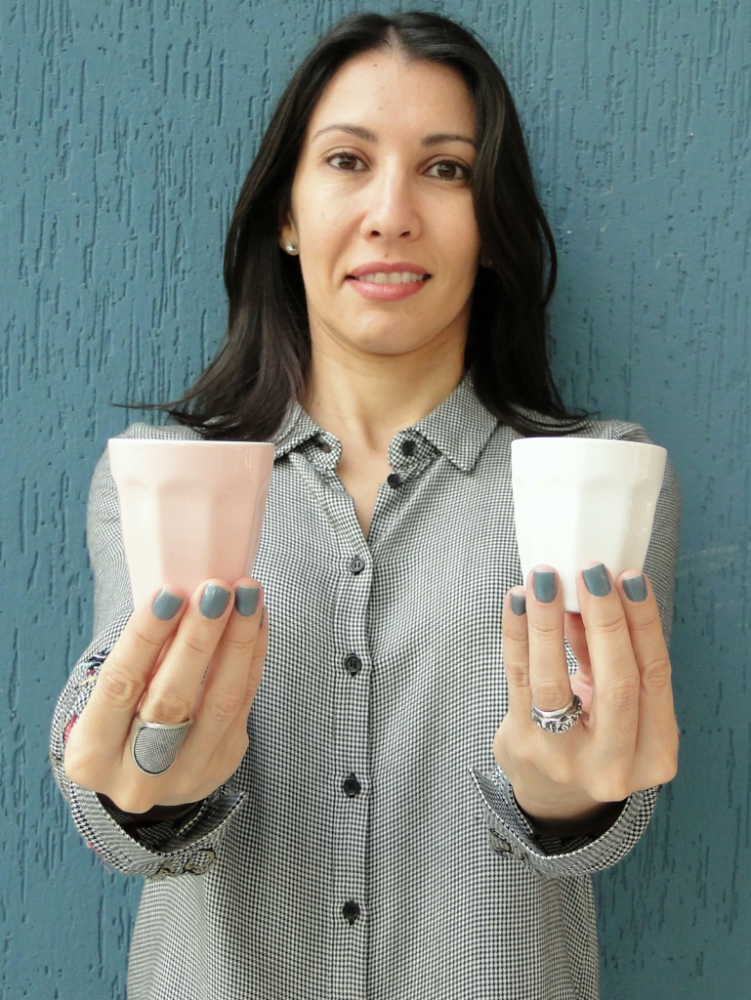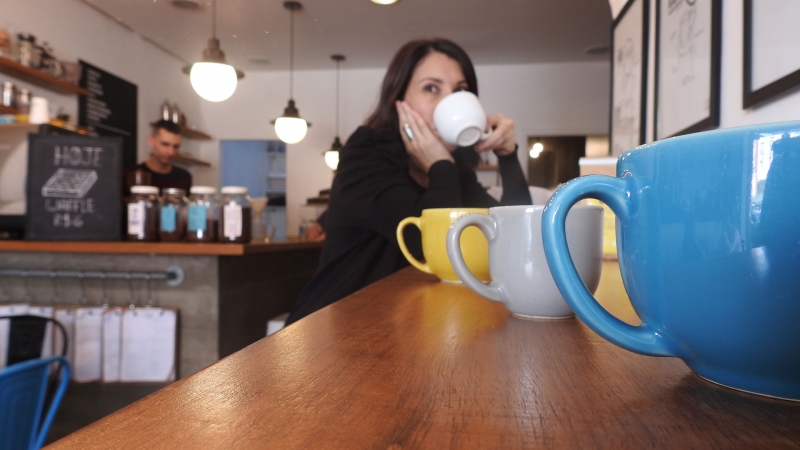
Fabiana Carvalho is a Brazilian neuroscientist and post-doctorate researcher investigating the impact of the senses on flavour perception of specialty coffee. Her project, The Coffee Sensorium, is a fascinating look at how coffee flavour is affected by not only the senses, but also the shape, colour and weight of the cup you drink from. We chatted to Fabiana Carvalho to get an intro into her work…
What is The Coffee Sensorium project?
“The Coffee Sensorium project is an attempt to bring knowledge on multisensory perception of flavour to the world of specialty coffee. A lot of multisensory research has been done on flavour perception of other drinks, such as wine and beer. And it’s already known that certain attributes of the vessel, such as shape, colour, and weight, have a significant effect on flavour perception of chemically complex beverages.
The Coffee Sensorium project aims at investigating how these well-known effects would apply to specialty coffee, and to consider the introduction of glassware that, ideally, conveys perceptual benefit to specialty coffees with different sensory profiles. In sum, we expect to be able to match a certain cup to the correct flavour profile of coffee being served in it – just as we already have different types of glasses that match the different types of wine or beer.”
Can you explain multi-sensory perception?
“Our perception of objects in our environment – including foods and drinks – is built up by combining all sensory information that simultaneously reaches our brains. In this way, flavour perception is a multisensory experience since it’s a result of the integration of a complex variety of senses and processes, which includes touch, taste, smell, vision, and audition.”
How do the senses impact on flavour?
“Flavour is a combination made by the brain of the gustatory sense of taste, the oral tactile sensation, and the retronasal sense of smell. The oral senses are affected by vision, audition, and orthonasal smell which will set our expectations towards the food/drink. In this way, our expectations concerning the taste/flavour and quality of the coffee are also determined, both consciously and unconsciously, by a host of sensory cues. These cues include everything from the colour or shape of the cup through to the environment in which we happen to be drinking.”

What made you decide to focus your research on coffee?
“Despite the global popularity and consumption figures for coffee, there’s been remarkably little research on the drinking vessel. It’s surprising to find how little published research there has been given the range of coffee drinks, the widespread emergence of speciality coffee culture around the world, and the fact that coffee, or at least specialty coffee, is chemically complex containing something like 1,200 volatiles (in contrast to 600-800 in wine). Such a complex beverage as specialty coffee deserves a more elaborated service, which certainly includes the serving vessel, i.e. the coffee cup.”
How is your research progressing?
“We’ve gathered evidence on the impact of the colour, shape, texture, and weight of the cup on the perception of coffee. The colour of the cup, for instance, can prime notions of sweetness (e.g. a pink cup) or acidity (e.g. a yellow or green cup) that may carry over to influence the tasting experience. Meanwhile, the shape, weight, and surface feel of the cup can exert a profound influence over the perceived aroma, basic tastes, and mouthfeel. In addition to researching the effect of the cup on the coffee flavour experience, we’re also investigating other product-extrinsic factors such as packaging and ambience music.”
What have been your top coffee experiences from all of your travels?
“Koffee Mameya in Tokyo (Japan) and Acervo Café in Brasilia (Brazil) are my favourite coffee shops. It’s obvious to me that both have a very clear proposal on the type of service they want to provide to their clients. Knowing your goal makes it easier to communicate the concept and to deliver/create the perfect experience. It cannot go wrong. The client is simply taken and amazed by the fluency of the experience. They set the clients’ mind towards a concept and they deliver it.”
How do you prepare your own coffee when you’re at home?
“I only drink coffee in the morning, and brewing my coffee is the first thing I do as I wake up. I like to use paper filter methods, and I usually brew my coffee using Chemex or Melitta. I never add milk to my coffee.”
Did you ever expect your research project to take you all over the world?
“Honestly I didn’t. But thinking about how innovative the aims of the project are, as well as how our findings are accessible and applicable in the industry, makes it easier to understand why the research has caught so much interest worldwide. It has been truly amazing to be able to speak about our aims and findings to all types of audience, and to learn about particularities of coffee consumption in different cultures.”

You can follow The Coffee Sensorium on Instagram to keep up with the latest news from the research project.